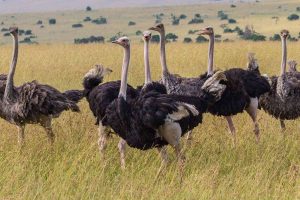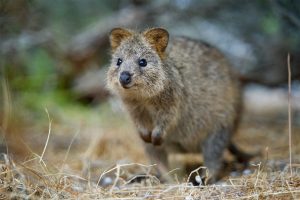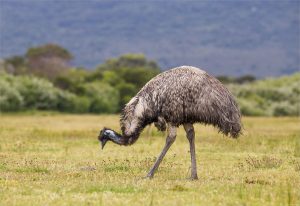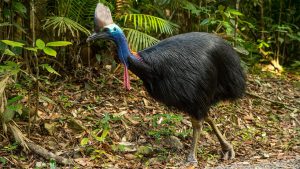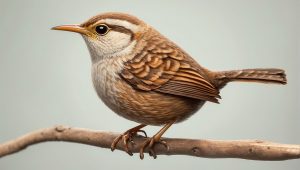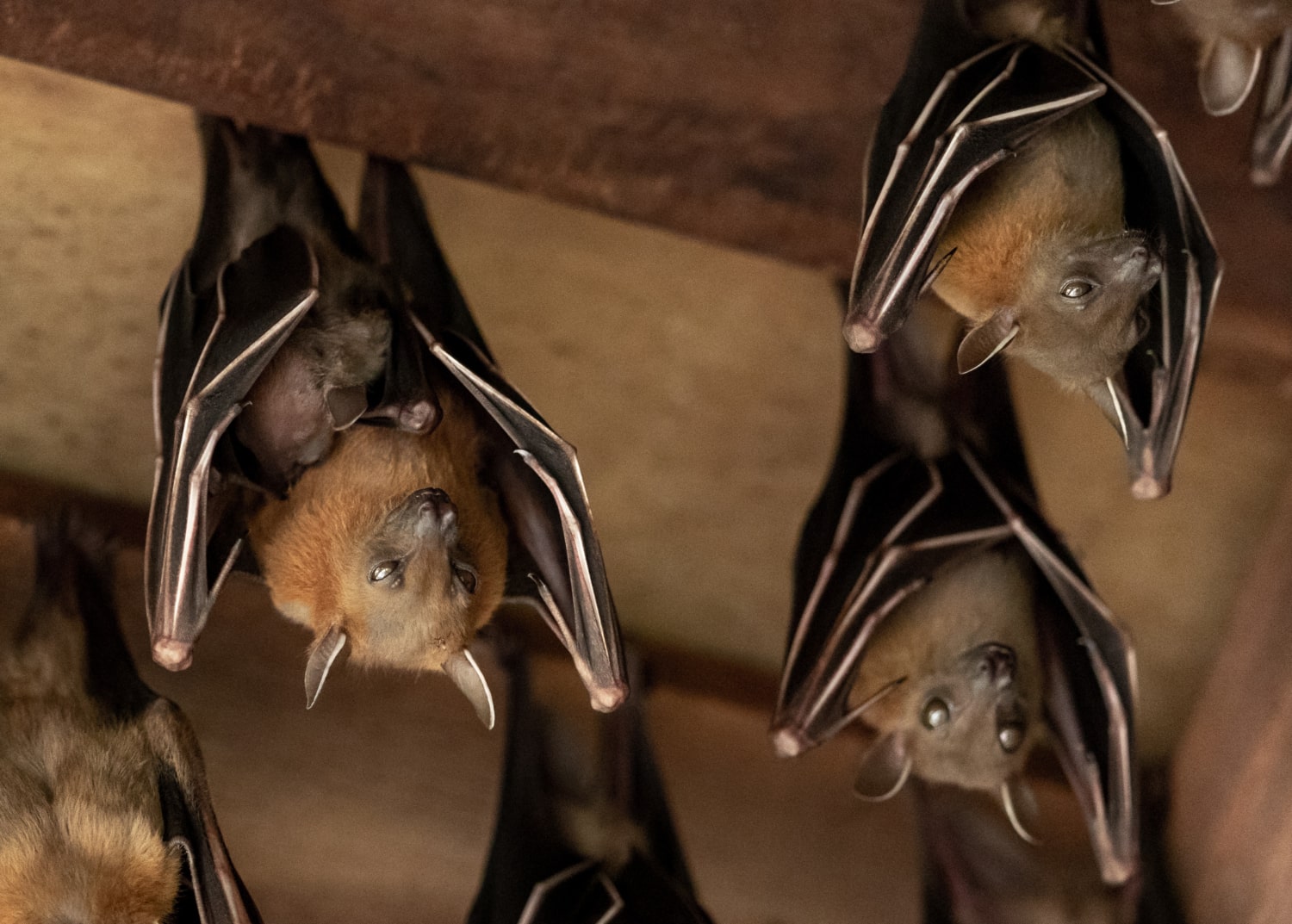
41 interesting facts about bats
- 👁️ 864
Bats are one of the most fascinating creatures in the animal kingdom. They are the only mammals capable of sustained flight and are often associated with stories of the supernatural due to their nocturnal nature. While bats are frequently misunderstood and feared, they play a critical role in ecosystems around the world, particularly through pollination and insect control. With over 1,400 species spread across the globe, bats are diverse, adaptable, and full of intriguing peculiarities.
- Bats make up over a fifth of all mammal species on earth.
- They are the only mammals capable of continued flight.
- Bats use echolocation to navigate and find food in the dark.
- The smallest bat in the world is the bumblebee bat, which is smaller than a thumbnail.
- The largest bat is the flying fox bat with a wingspan of up to 1.7 meters.
- Many bats eat insects and can consume up to 1,200 mosquitoes an hour.
- There are also fruit bats, which play a crucial role in pollination.
- Some species of bats can live up to 30 years.
- Bats typically give birth to one pup per year.
- Bat colonies can range in size from a few individuals to millions.
- A single bat can consume over 600 bugs in an hour, which is like a person eating 20 pizzas a night.
- Bats hang upside down to rest and sleep.
- Despite the myths, bats are not blind.
- Some bats hibernate during the winter while others migrate to warmer areas.
- Bats are the only mammals that are capable of sustained flight, unlike flying squirrels which only glide.
- The bat’s wing anatomically resembles the human hand, with elongated fingers connected by a thin membrane.
- Vampire bats do exist, and they feed on the blood of other animals.
- Only 3 of the more than 1,400 species of bats are vampire bats.
- Bats are critical for the pollination of many plants, including some types of mangoes, bananas, and agaves (used to make tequila).
- They distribute seeds, with a single bat able to disperse thousands of seeds a night.
- Some female bats have the ability to control when they give birth by delaying fertilisation or the development of the foetus.
- Bats have a high metabolic rate, which allows them to process food quickly.
- White-Nose Syndrome is a disease that has killed millions of bats in North America.
- Bats are the only mammal capable of sustained flight, as opposed to gliding.
- Many bats have developed unique relationships with plants, including those that flower at night.
- Some bats live by themselves while others form colonies of more than a million.
- There are cave-dwelling bats and also tree-dwelling bats.
- Bats use a variety of strategies to hunt, from catching insects in the air to pulling spiders off of webs.
- In some cultures, bats are considered symbols of good luck.
- There are both vegetarian bats and carnivorous bats.
- Bats make up the order Chiroptera, which is divided into two suborders: Megachiroptera (large fruit bats) and Microchiroptera (smaller bats).
- Most bats have a breeding season, which is in the spring for species living in a temperate climate.
- Bats can see in the dark and use their extreme sense of hearing.
- Bats can locate their food in total darkness.
- Bats can live more than 30 years and can fly at speeds of up to 60 mph.
- Some bats build tents by biting leaves until they fall into the shape of a shelter.
- Bats can recognise the individual voices of other bats.
- Bats clean themselves and each other much like cats do.
- Bats have only one pup a year, making them extremely vulnerable to extinction.
- Bat droppings, known as guano, are one of the richest fertilisers and were once a major economic resource.
- The smallest bats weigh less than a penny.
Bats are intriguing creatures, full of surprising abilities and adaptations. Their nocturnal habits, unique flight ability, and echolocation skills set them apart in the animal kingdom. The critical roles they play in ecosystems, from pollination to pest control, underline their importance to the natural world. Despite the myths and fears often associated with them, bats are extraordinary creatures that deserve our respect and protection. Their diverse behaviours, longevity, and ecological roles serve as a constant reminder of nature’s complexity and ingenuity.

